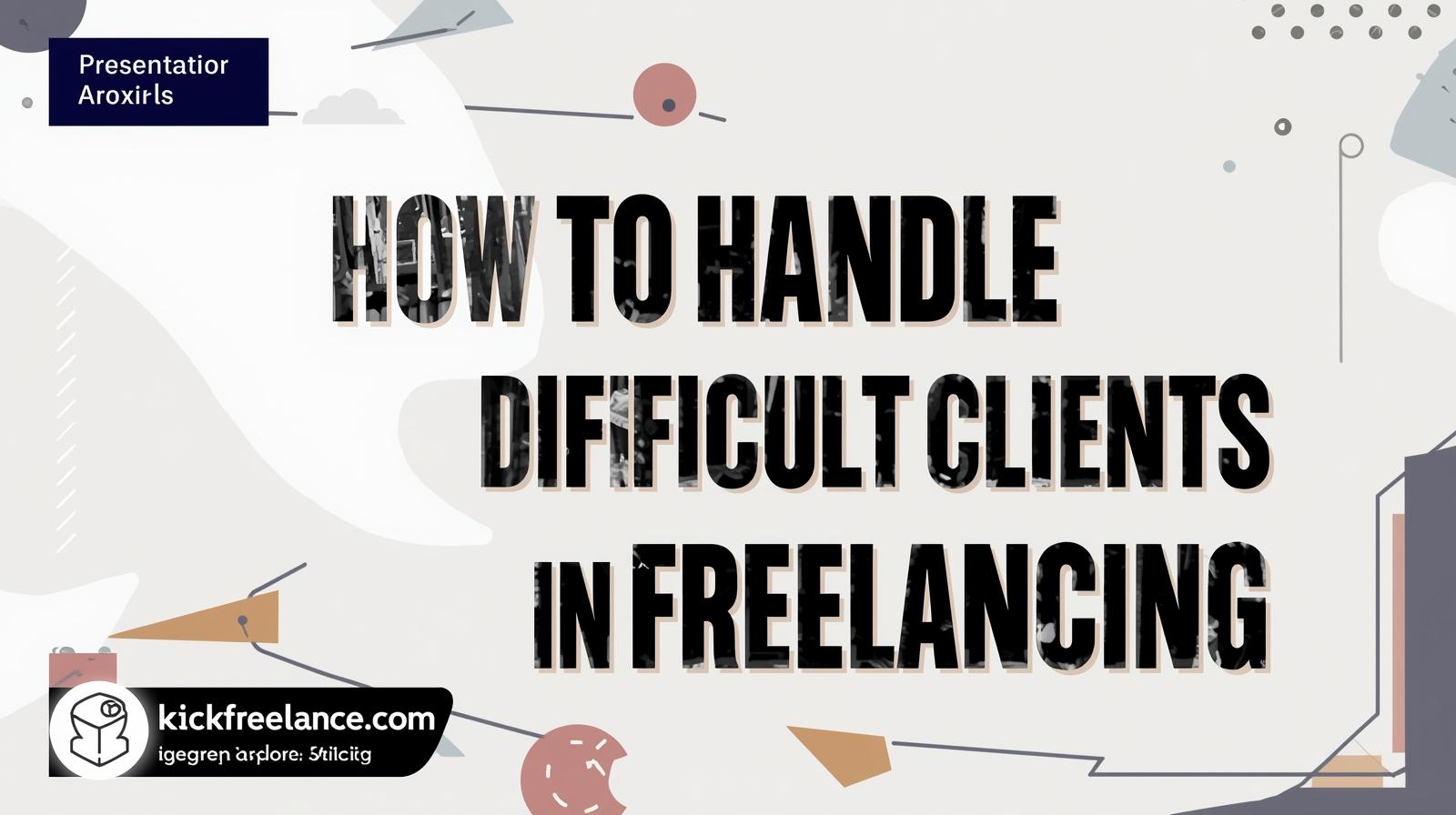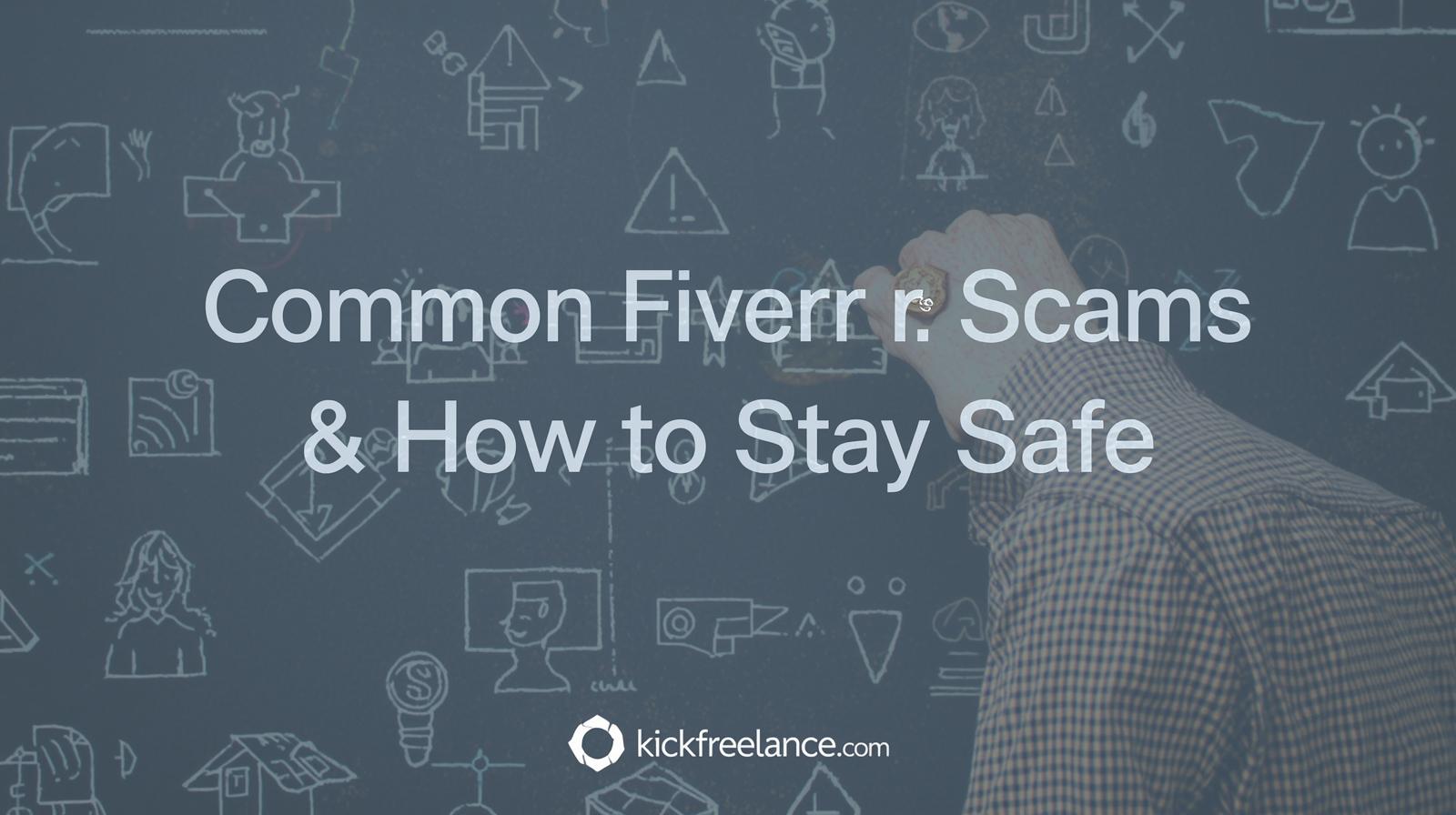Introduction:
Freelancing. People act like it’s just working in pajamas and sipping overpriced coffee, but, c’mon, that’s only half the story if you’re lucky. The fantasy is you pick your gigs like picking toppings for your pizza, but really? Sometimes it’s more like playing whack-a-mole with stress. You’re juggling clients who ghost you when it’s time to pay, the ones who think “just one more tweak” means three extra days of work, or those micro-managers who treat your inbox like a live chat support line.
Otherwise, you’ll lose your mind fast. Your rep is everything out here seriously, it’s the one thing you can’t let tank. People remember how you handle the chaos, not which particular dumpster fire you were putting out.
Recognize the Early Warning Signs:
The warning signs usually aren’t hiding like, if someone’s begging for endless freebies, haggling like you’re at a flea market, or acting allergic to contracts, run. It never gets better.
And oh man, if they’re all wishy-washy about what they want, tossing around deadlines that sound like they belong in a Marvel movie (“Can you finish this by tomorrow?”), or dropping lines like, “I’ll know what I want when I see it,”—it’s a recipe for disaster. Translation: they have no clue, and you’re about to be their guinea pig.
So, just listen to your gut and catch the red flags early. If someone’s already acting like a pain before you’ve even started, bail. Seriously, your sanity will thank you. No gig is worth that headache.
Set Clear Expectations from the Start:
Here’s the deal: most of the time, your clients aren’t out to get you they’re just as clueless about the details as you are if you don’t spell things out. Seriously, 90% of headaches? Just people not being on the same page. So, as the freelancer, it’s on you to lay it all out. Don’t assume anything’s “obvious,” because it never is.
Before you even lift a finger, talk through the boring but crucial stuff what’s actually included (and what isn’t, because wow, people will ask for the moon), when you’ll deliver, how you’re getting paid (upfront, in chunks, whatever), how many tweaks you’re willing to do before you start charging extra, and how and when you’ll talk to each other (because endless emails at 2am? Hard pass).
And yes, write it all down. Get it in a contract. Not just because it sounds official, but because you’ll want receipts when someone starts getting creative with the “original agreement.”
Stay Calm and Professional in All Situations:
Ugh, tricky clients are just the best, huh? Nothing like starting your day feeling all productive, then BAM there’s that email that makes you consider a career in goat herding. Maybe they’re nitpicking stuff they totally approved last week, or my personal favorite they just vanish when it’s time to pay up.
Nine times out of ten, it’s not even about you. People are just… people. Weird, complicated, occasionally infuriating.
At the end of the day, keeping your chill isn’t just about being the “bigger person” or whatever. It actually keeps you in control. Plus, even the pickiest clients tend to back off when you refuse to get flustered. Fake zen if you have to just don’t let ‘em see you sweat.
Communicate Effectively and Consistently:
For real, if you leave people out of the loop, you’re basically inviting chaos. So much crap blows up just ‘cause someone’s clueless or thinks they’ve got the gist but they’re way off. Clients especially man, they hate feeling like they’re ghosted. Just hit ‘em up, even if it’s a quick, “Still good over here, next update’s Friday!” Seriously, it doesn’t take Shakespeare.
Just own it. Like, “Hit a bump, want it right, gonna need ‘til tomorrow cool?” Most people are way more chill with that than if you go dark or toss a lame excuse their way.
Honestly, just talk to folks. It’s simple. Most of the headaches you deal with wouldn’t even happen if you’d just keep everyone clued in.
Handle Scope Creep with Confidence:
Oh man, scope creep is the ultimate party crasher in freelancing.Next thing you know? You’re drowning in bonus tasks you never agreed to, chugging coffee at 3am for stuff you’re not even getting paid for. Living the dream, right?
Seriously, you gotta stand your ground. The minute clients start stacking on extras, pump the brakes and point back to what you actually agreed on. I usually hit them with a, “Cool idea! That’s outside our original scope, so I’ll put together a quick estimate for the new stuff.” Chill, but not a pushover.
And honestly, setting those boundaries? Total game-changer. It’s the difference between being the freelancer everyone walks all over and being the one they actually respect. Say “yes” to everything, and you’re basically wearing a “kick me” sign. Draw a line, and suddenly you’re the pro in the room. Wild how that works.
Know When to Compromise and When to Stand Firm:
Most of the time, a little back-and-forth and everyone just gets on with their lives back to scrolling their phones or sipping whatever overpriced coffee they’re into. But let’s not kid ourselves, sometimes you just have to throw down a hard “nope.” Especially when it’s about your own boundaries, or, let’s be real, your paycheck.
If a client is nitpicking over a typo or wants to swap a word, who cares? Just fix it. Makes you look chill and easy to work with, and people dig that energy. But if someone’s always sniffing around for free work, dodging invoices, or pretending your contract is just for decoration? Yeah, nah. That’s when you gotta plant your flag and say, “Enough.”
Forget the sugarcoating just be straightforward: “Hey, happy to help, but that’s outside the deal. Want to talk about pricing?” And honestly, who wants to be the office pushover? Nobody’s writing you a thank-you note for that.

Document Everything:
Nightmare client on your hands? Oh boy, buckle up. First rule document everything. I mean everything. Your inbox is your shield, honestly. Payment details, random requests, those panicked midnight emails where they suddenly want a logo shaped like a duck save it all. If they try to pull the old “let’s just chat about it real quick” trick, don’t fall for it. If it’s not in writing, it’s basically a rumor.
And when they start acting all wishy-washy one minute it’s blue, next minute it’s “Actually, can we try mauve?” fire off a quick email recap. “Hey, just checking, we’re going with blue now, yeah?” Don’t let them wiggle out of decisions. That whole “he said, she said” thing? No thanks.
Trust me, you do not want to end up arguing over some phone call from last Tuesday. Keep your paper trail tight, stay a step ahead, and you’ll avoid the migraine of the century.
Protect Your Payments:
Let’s be real money drama is basically the soundtrack of freelancing. There’s always someone who ghosts you after you’ve sent the final files, or suddenly decides they “never agreed” to that fee. Honestly, don’t even think about starting a job unless you’ve got cash (or at least a chunk of it) locked down.
If you’re rolling with Upwork or Fiverr, those milestone payments are your best friend. They’re like a little safety net, so you’re not sitting there refreshing your PayPal, praying the client remembers you exist. If you’re doing your own thing off-platform, ask for at least 30–50% upfront. No shame just how pros roll.
And listen, don’t get all apologetic about it. Be chill but firm. “Hey, I usually take a 40% deposit to lock your spot in my schedule.” That’s it. If someone squirms at a deposit, red flag run for the hills. They’re the same people who’ll “forget” to pay you later.
Don’t Take It Personally:
Man, nothing kills your vibe faster than a client with the charm of a wet sock. It’s super tempting to take their crappy attitude personally trust me, I’ve ranted to my cat about it more than once but freelancing’s basically a game of emotional dodgeball.
Honestly, just focus on the gig, not their weird energy. You’re not getting paid to be their therapist. Your work and your attitude? That’s what follows you, not their snarky emails. And look, if someone crosses the line and can’t be decent, it’s totally fine to peace out no drama needed. You can always pull the classic, “Hey, I think we work differently, so let’s just call it here, no hard feelings.”
Ditching a toxic client isn’t failure. It’s actually just leveling up.
Learn and Improve After Every Difficult Client:
Man, every crappy experience is pretty much a sneaky lesson wearing a bad wig. Seriously, those nightmare clients? Don’t just chalk ‘em up as epic fails think of ‘em as free workshops you never signed up for. Next time, ask yourself, “Alright, what could I have actually done differently?” Maybe you could’ve laid down the law on boundaries, been way clearer with what’s what, or just, you know, said “no thanks” to that walking red flag in the first place.
Take those trainwreck moments and use ‘em to tweak your whole setup. Maybe your contracts need a glow-up, or your onboarding system is basically a dumpster fire and needs fixing. Sharpen how you talk to folks. Eventually, all this chaos turns into something useful like, you’ll spot trouble a mile off, and you won’t be losing sleep over it. Stress? Nah, that’s just old news. Confidence is what you’re building, bit by bit.
Conclusion:
Difficult clients? Oh, trust me, they’re basically the boss level of freelancing. You’re gonna meet them, no way around it. But honestly, they don’t have to wreck your sanity unless you let ‘em.
And hey, the real trick? Don’t lose your cool. Ever. Some clients will poke at every nerve you’ve got, but weirdly enough, they also teach you how to grow a backbone.You get sharper, thicker-skinned, and way less likely to freak out next time.
Thing is, freelancing isn’t just about cranking out work it’s a people game. Every chat with a client is another shot at learning how to handle yourself, tweak your style, and honestly, just remind yourself you’re not here to be walked on. If you can face down the tough ones and still keep your swagger, you’re not just scraping by as a freelancer you’re running the show.



